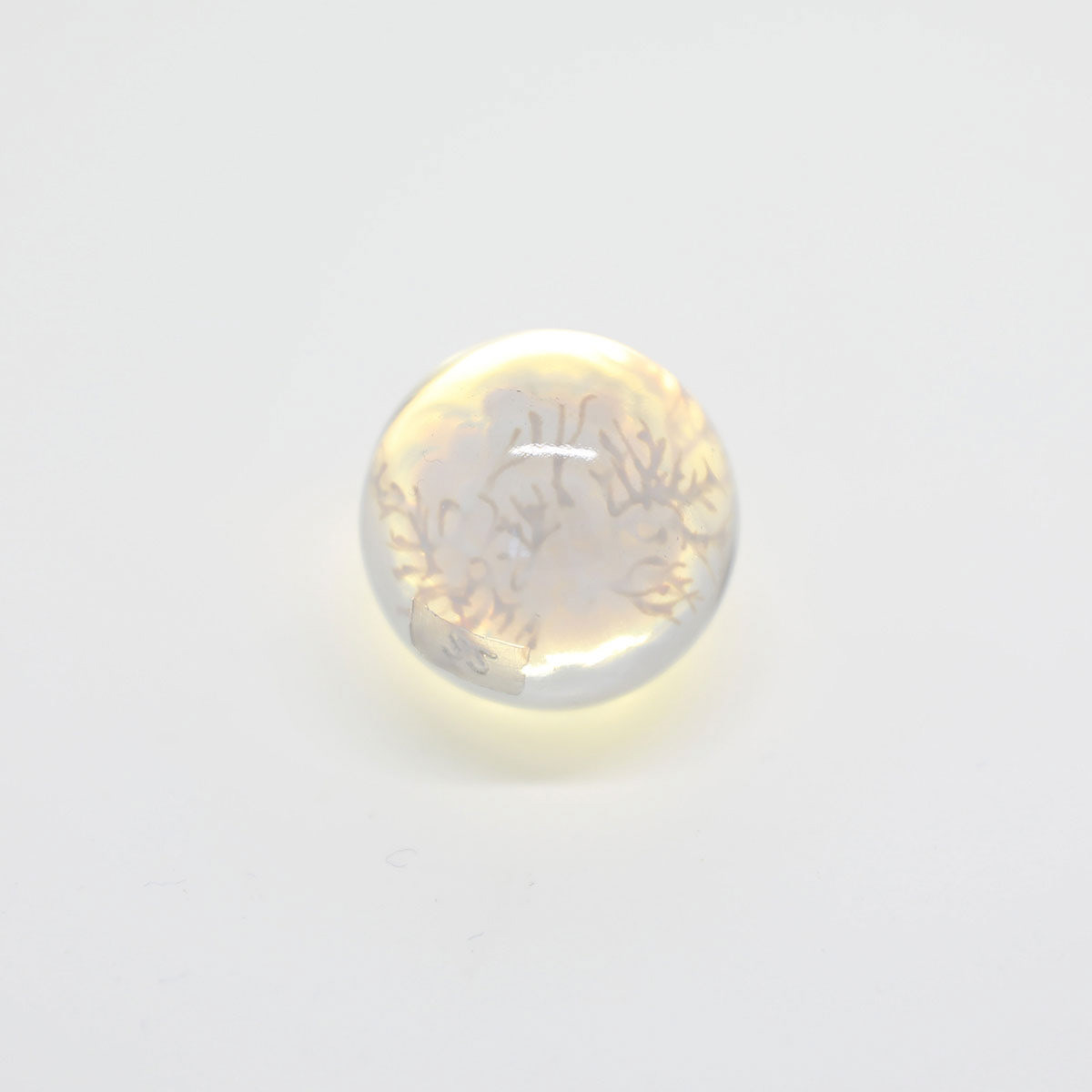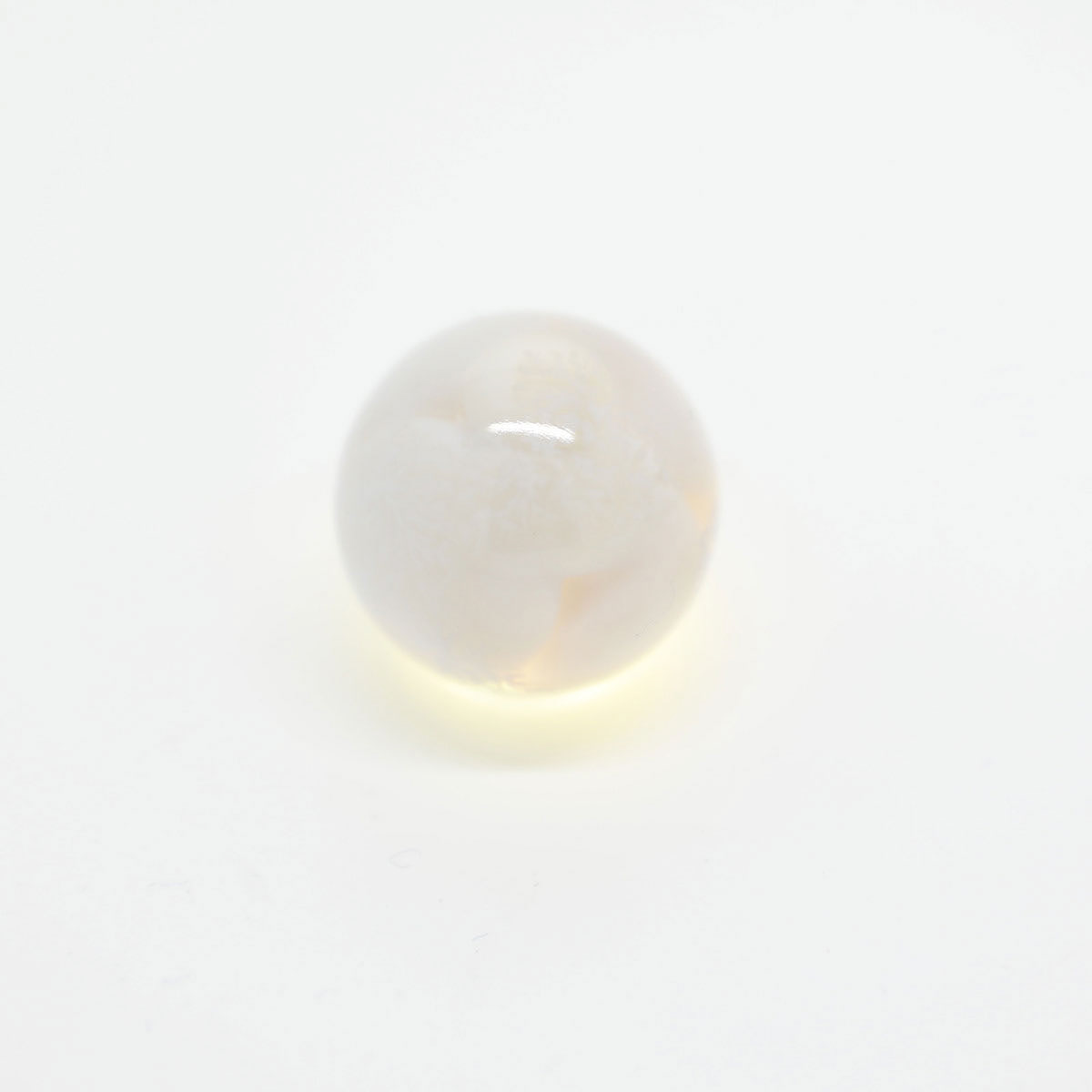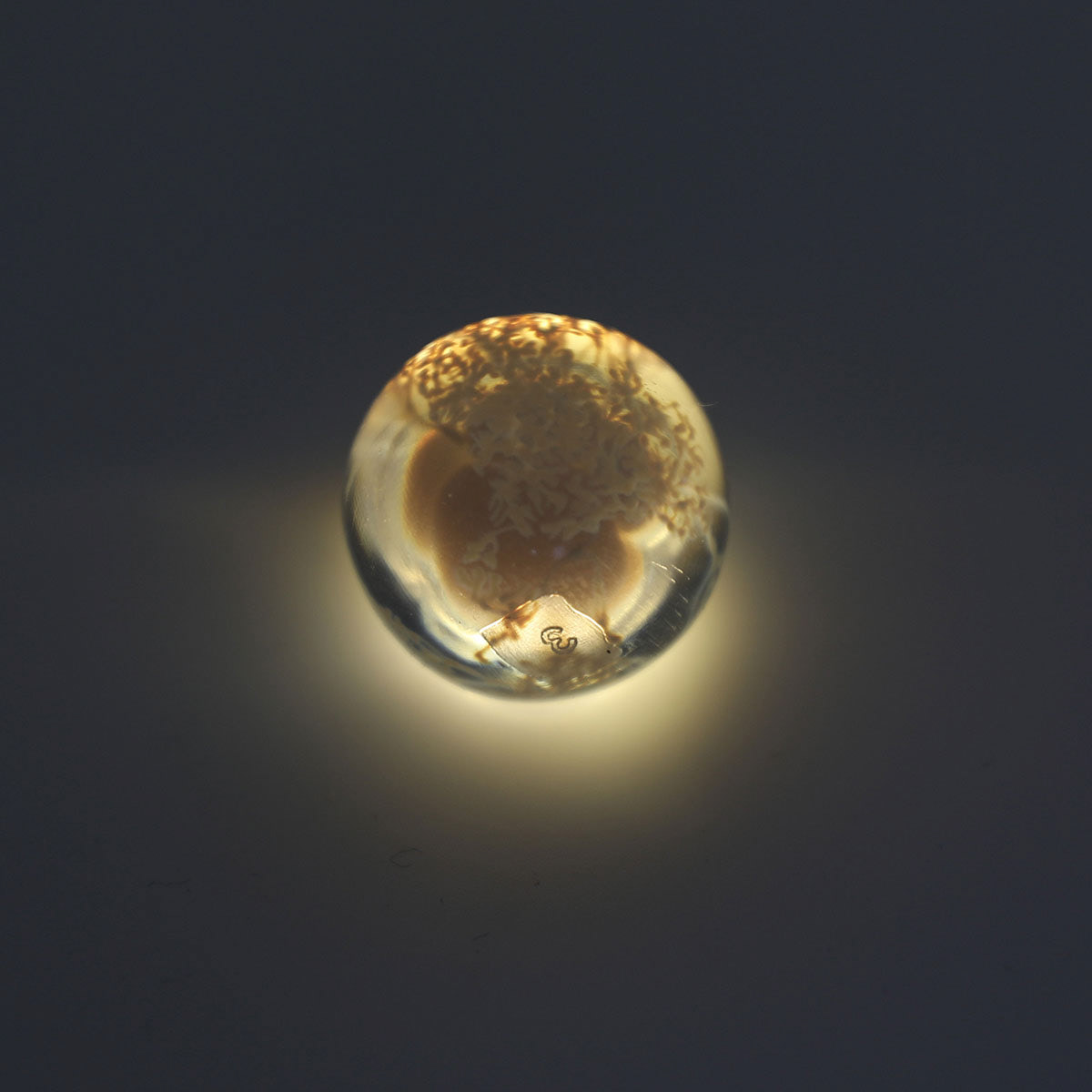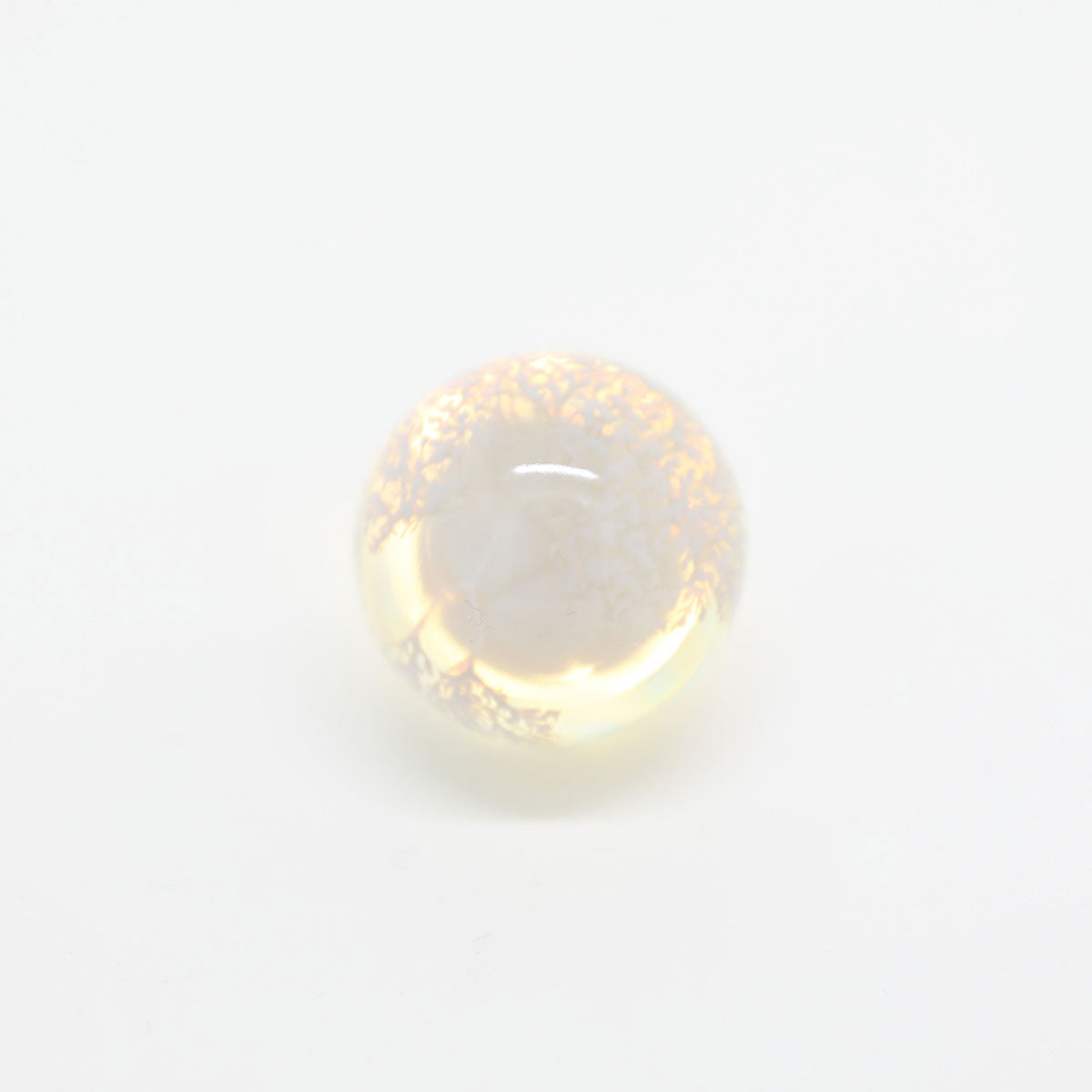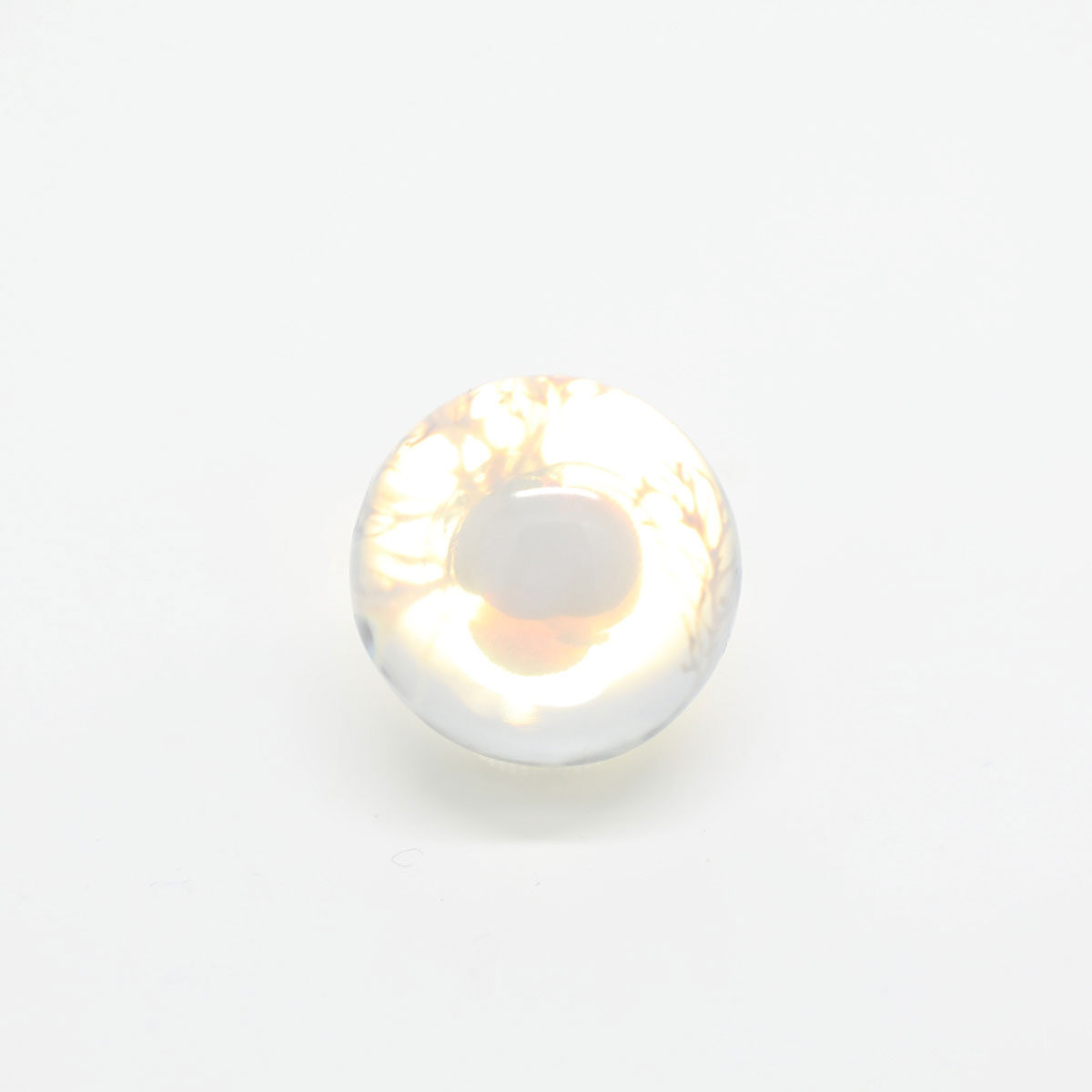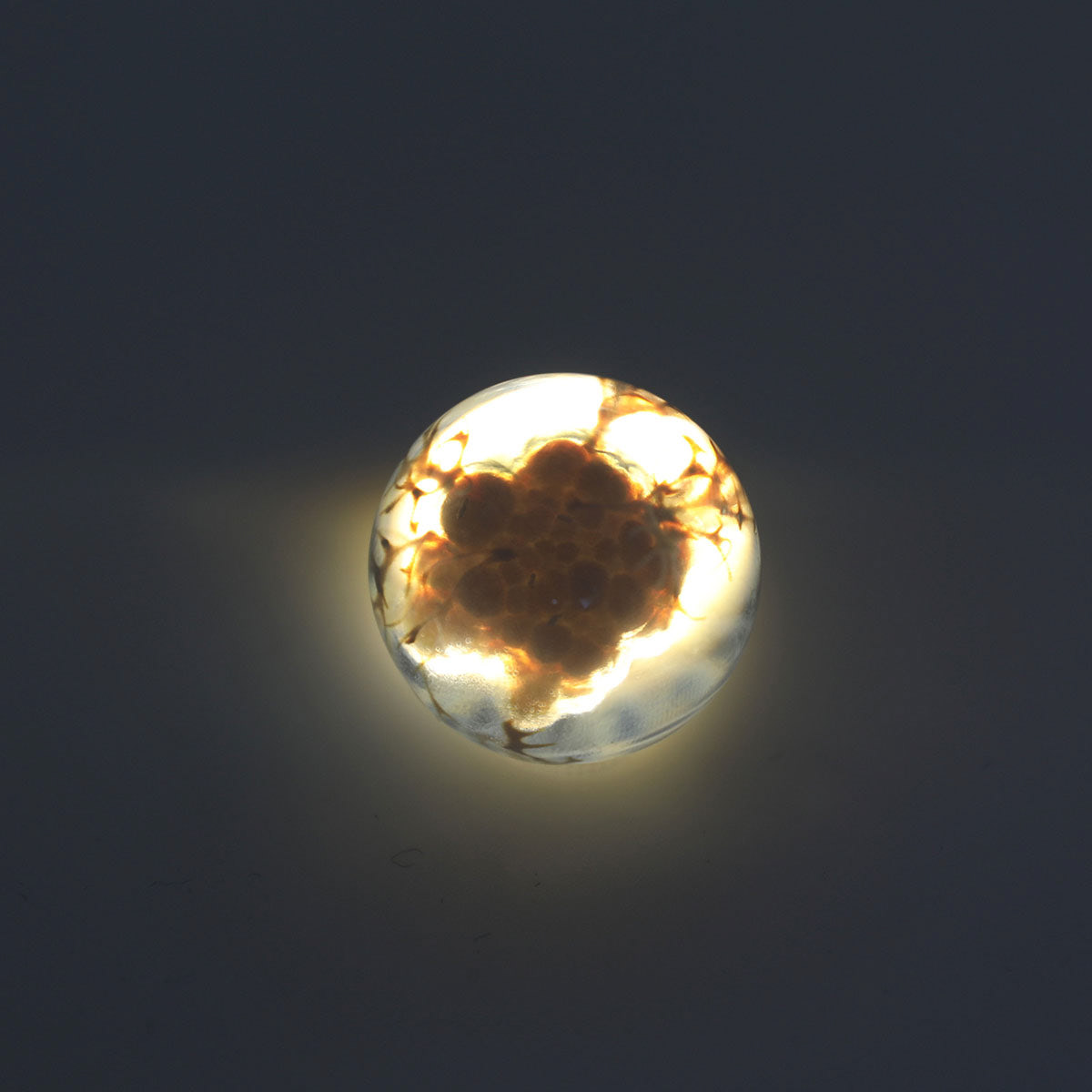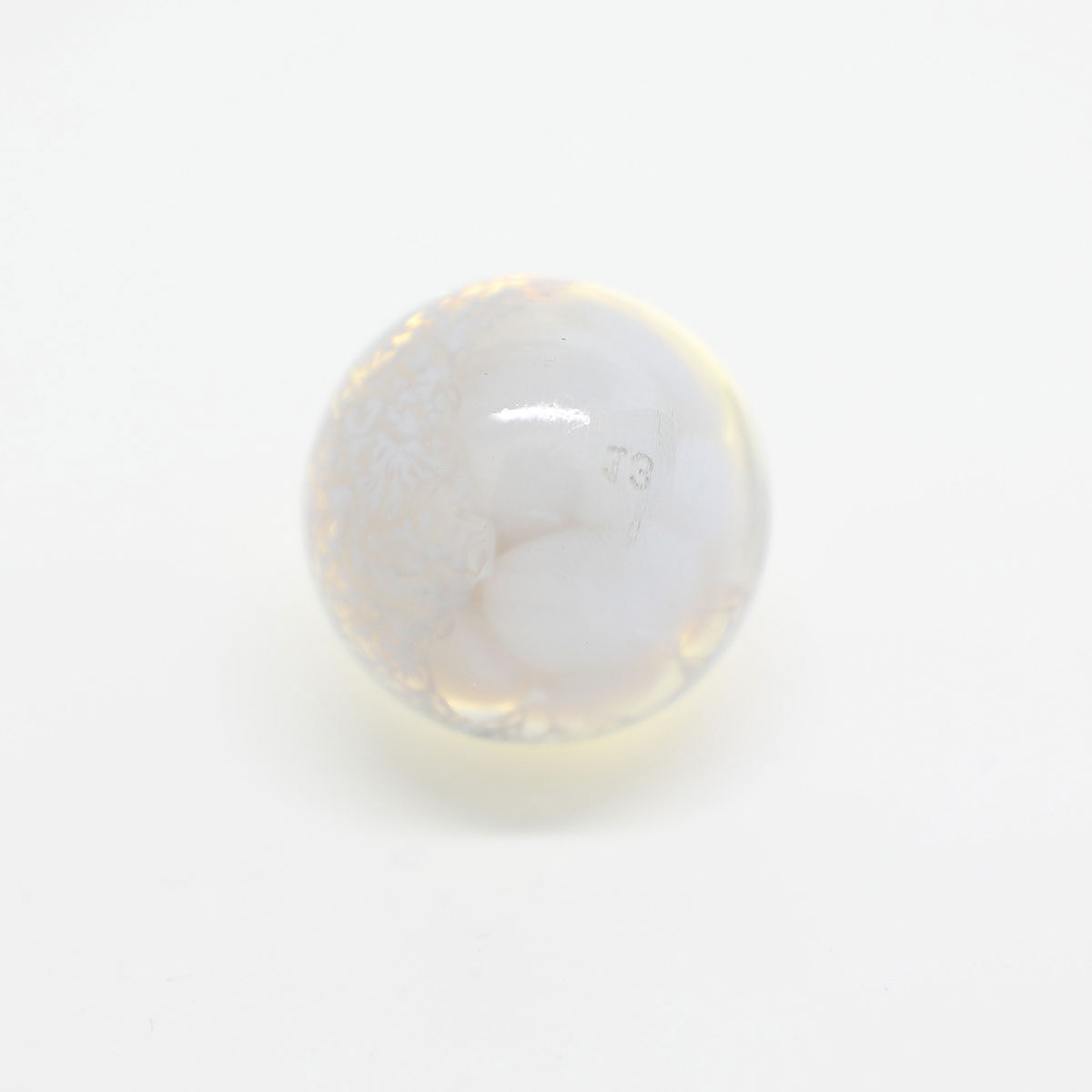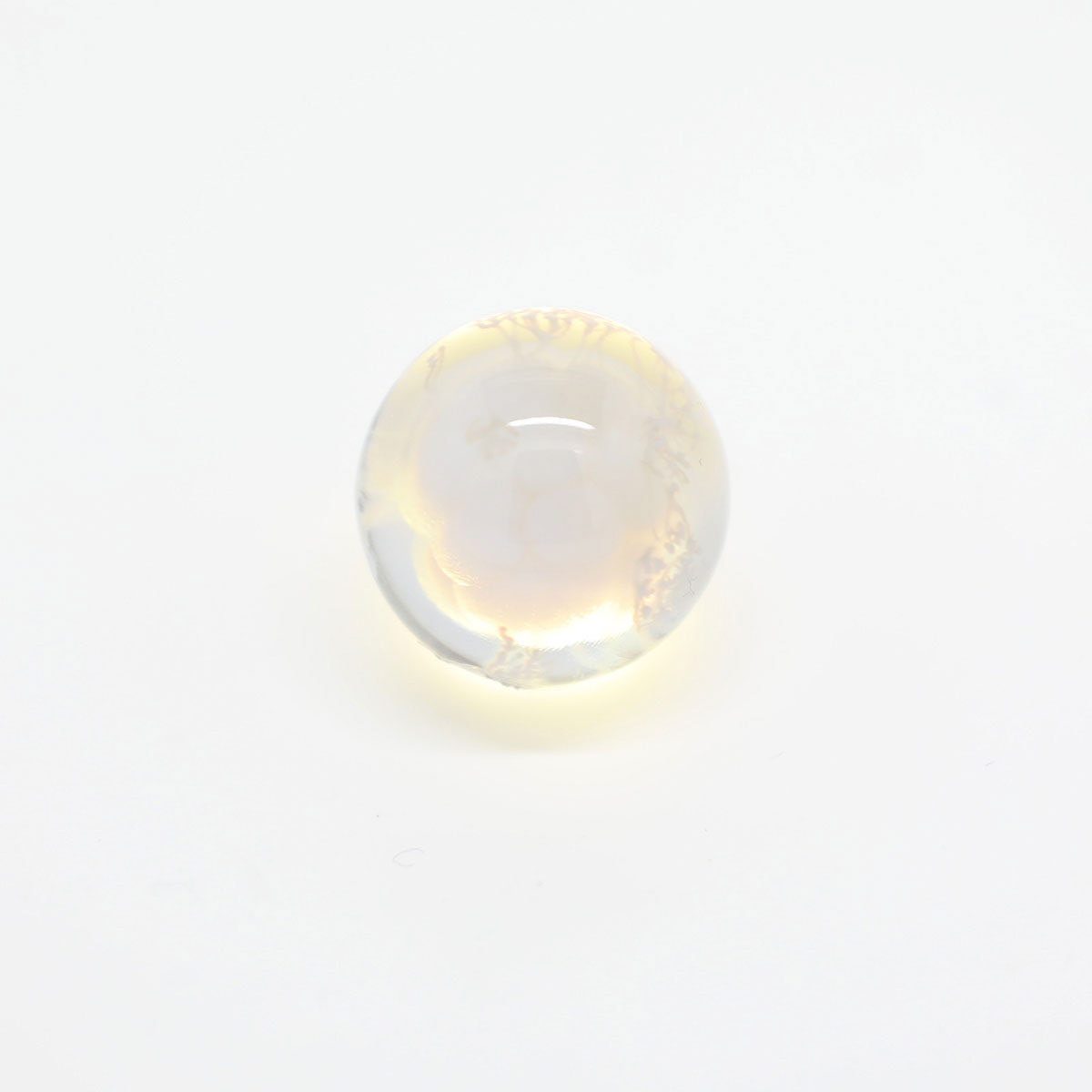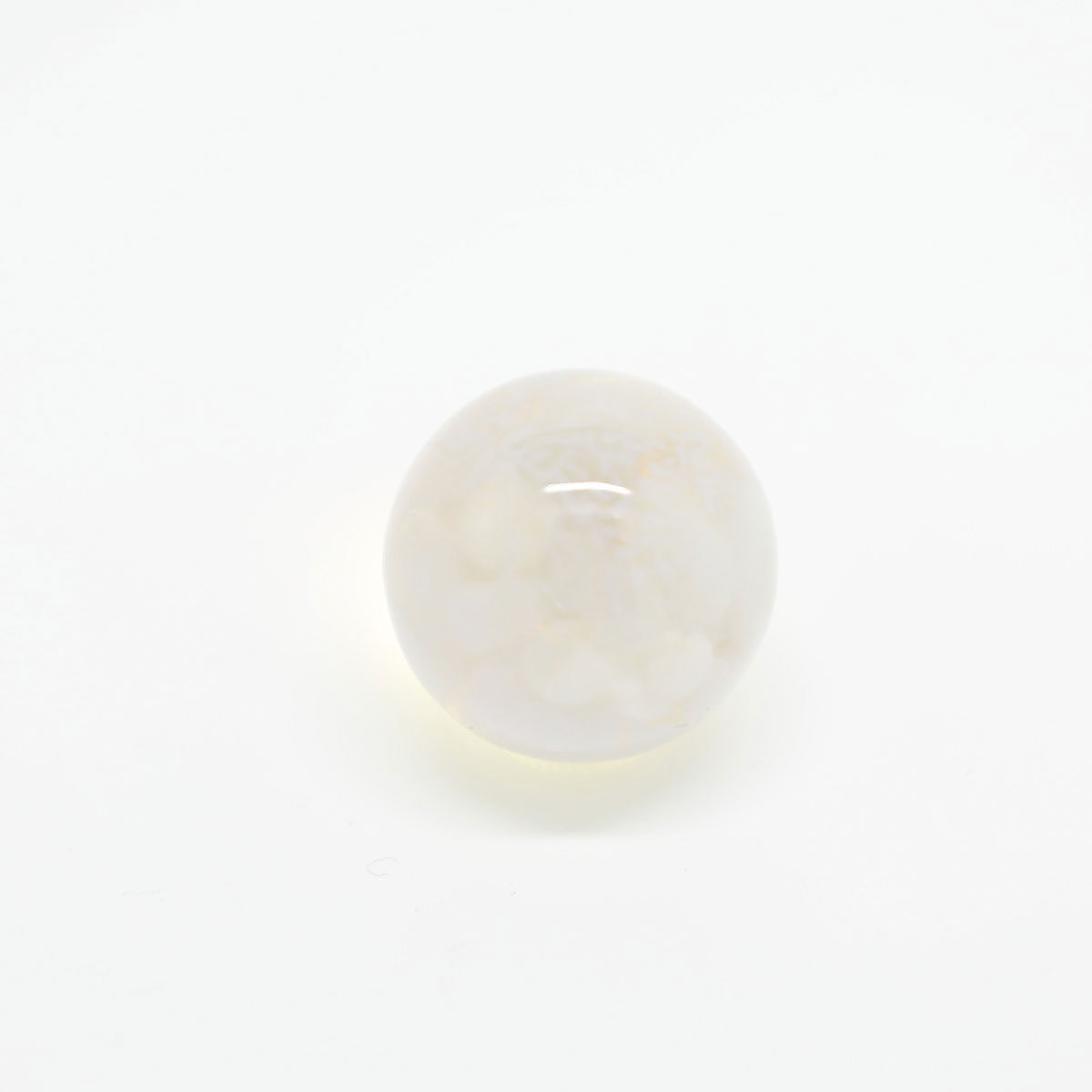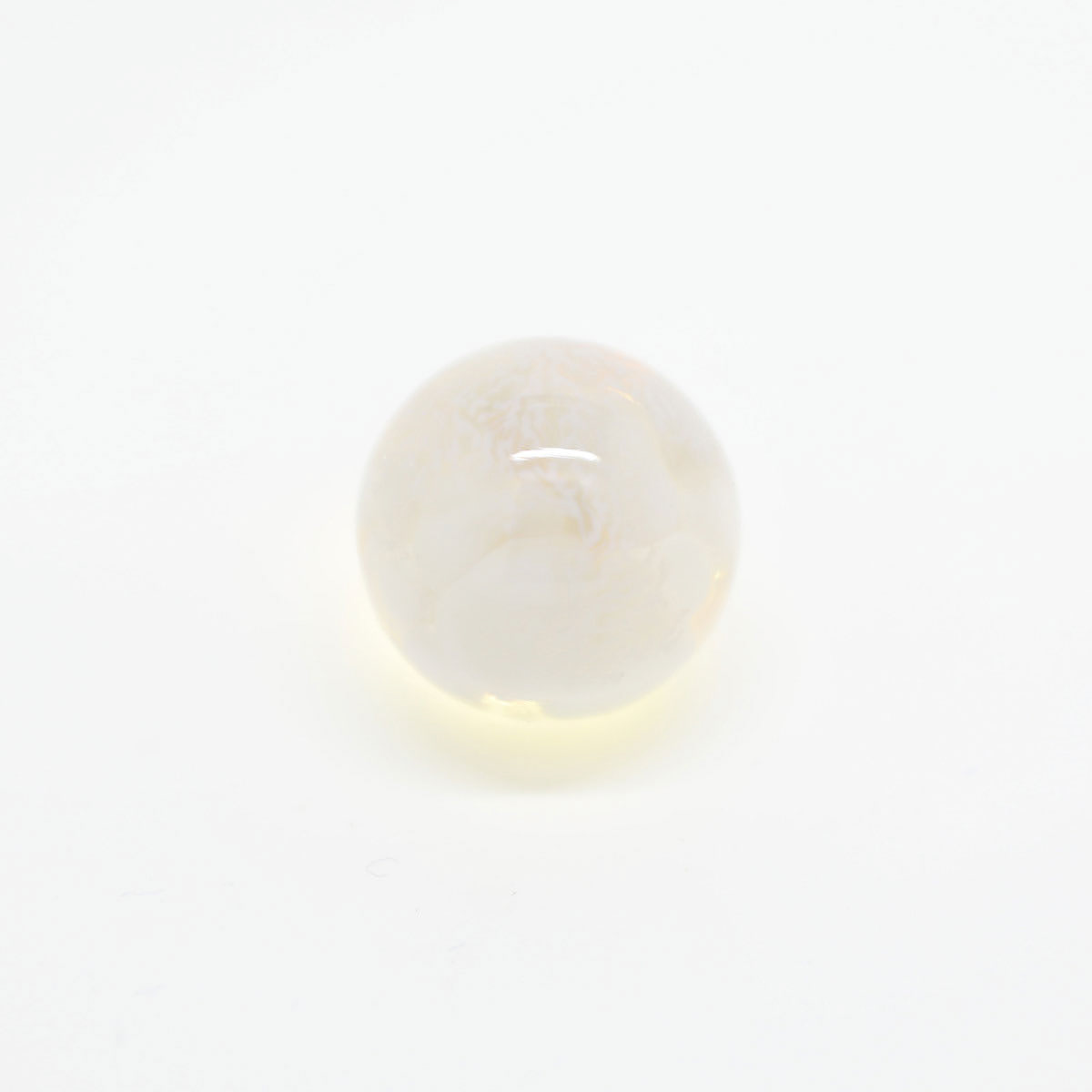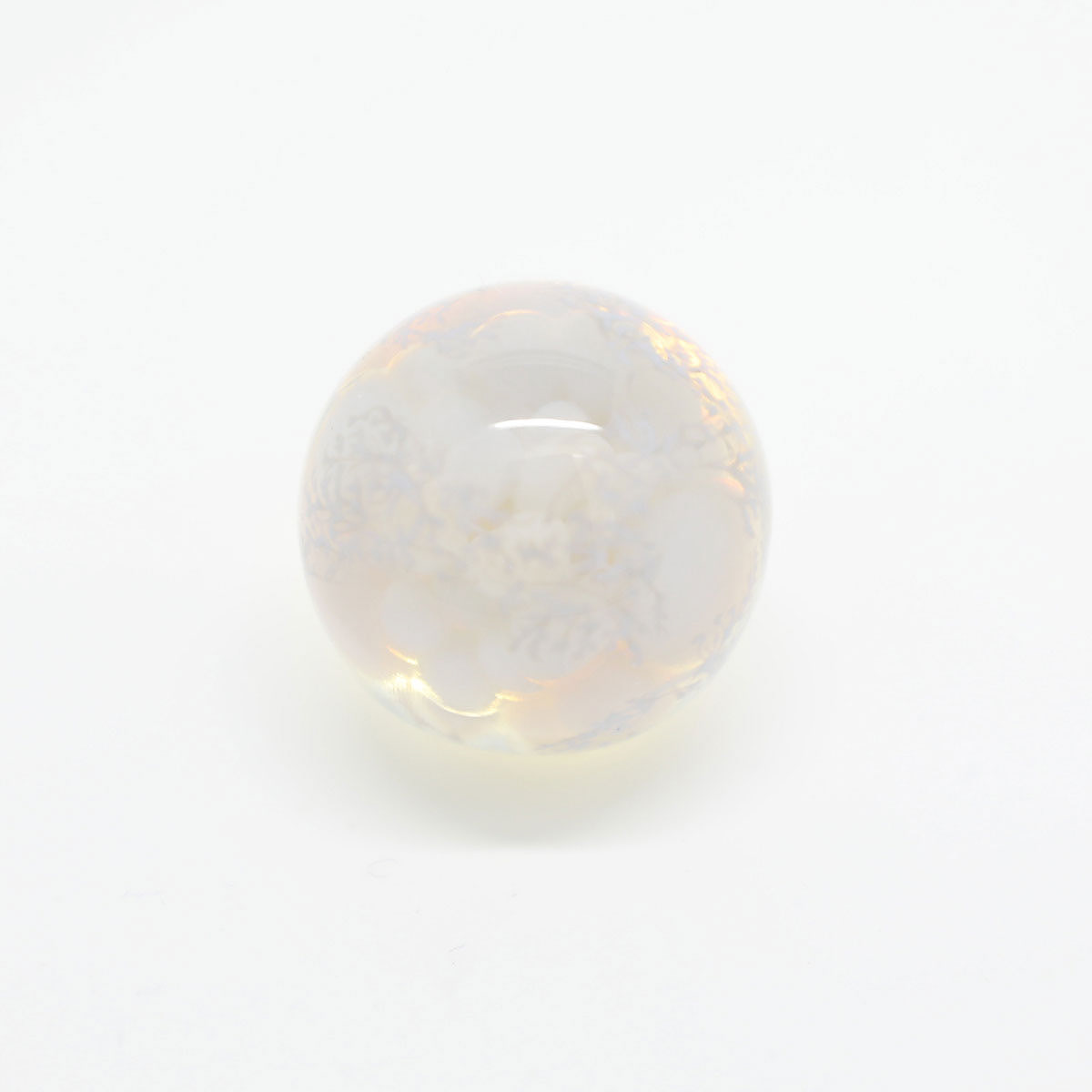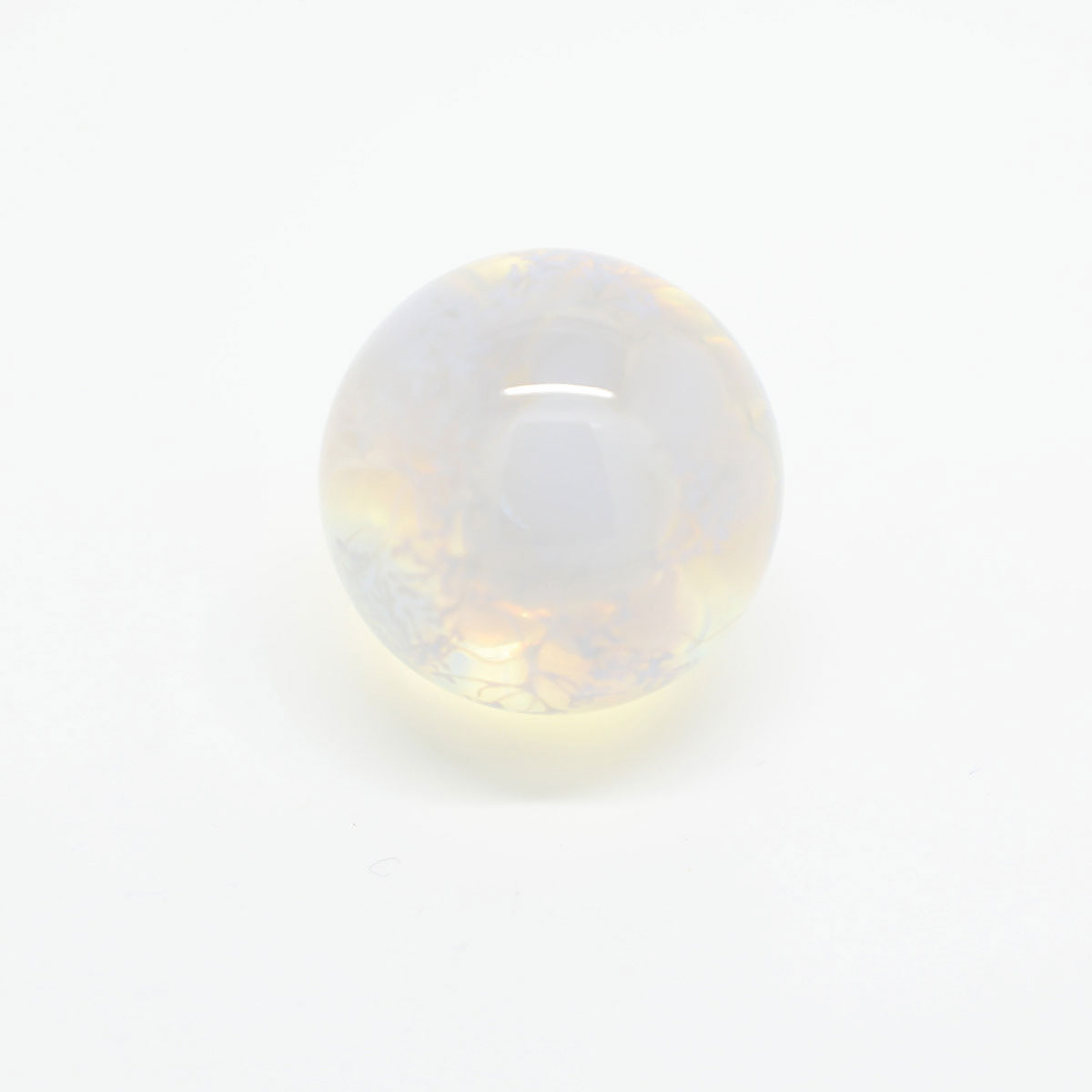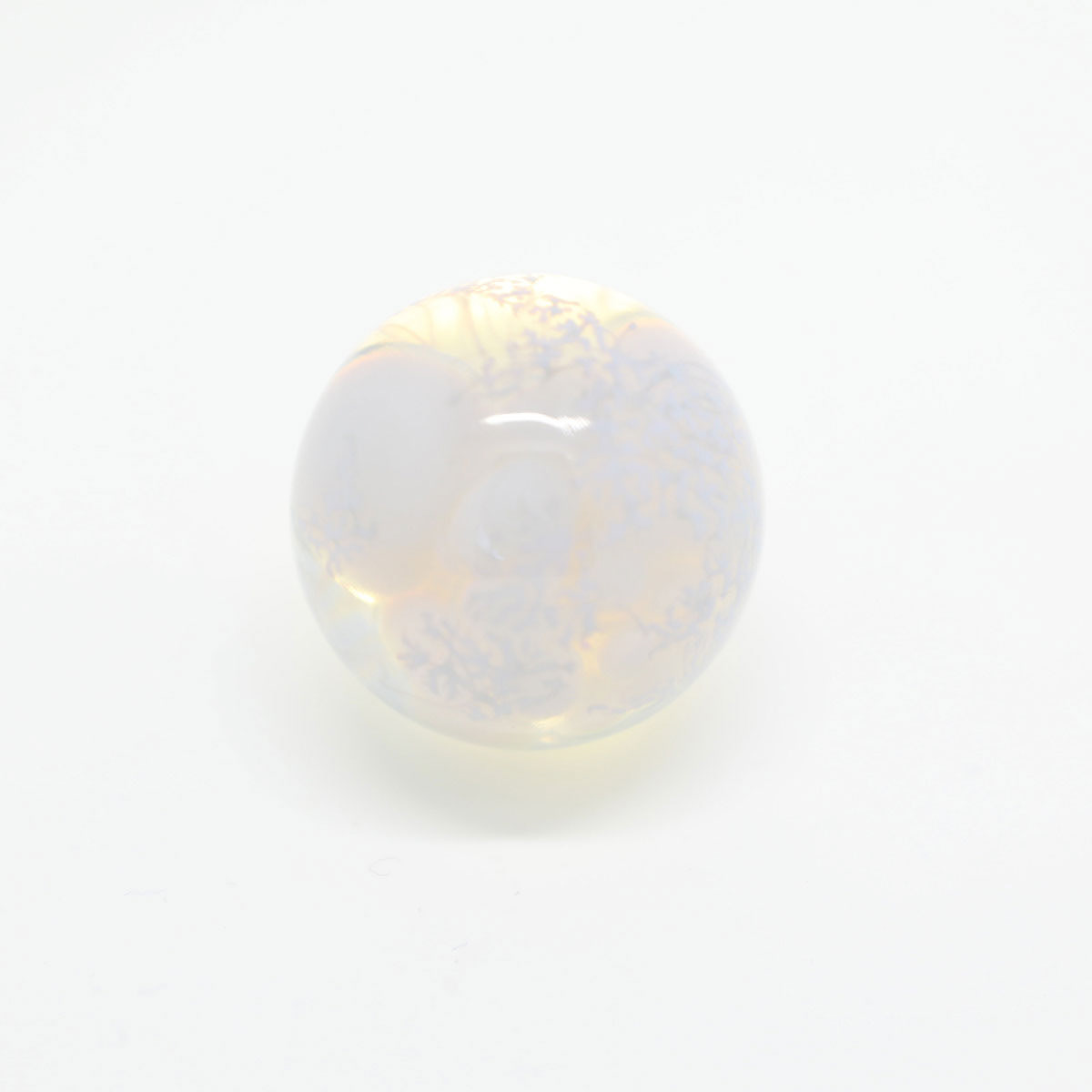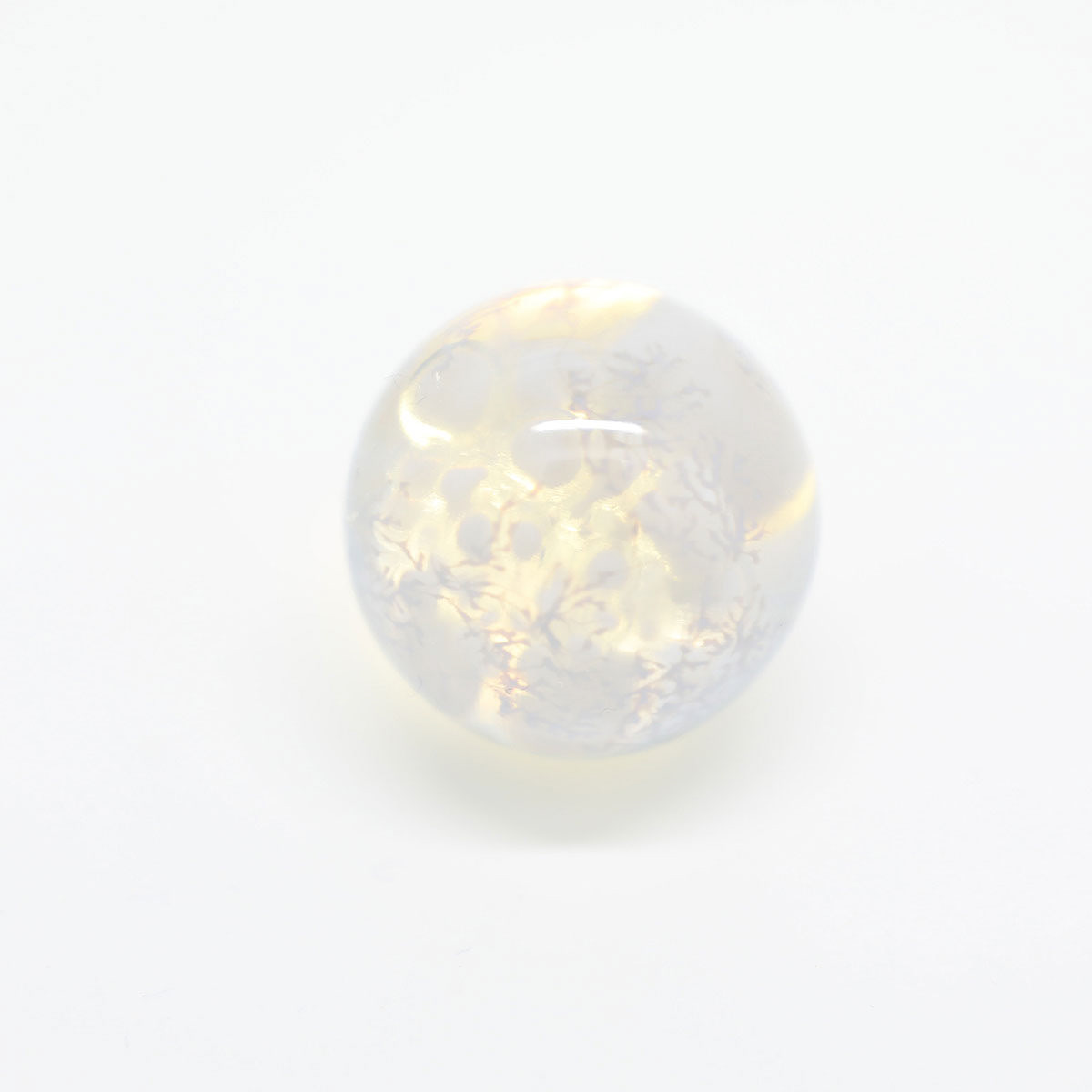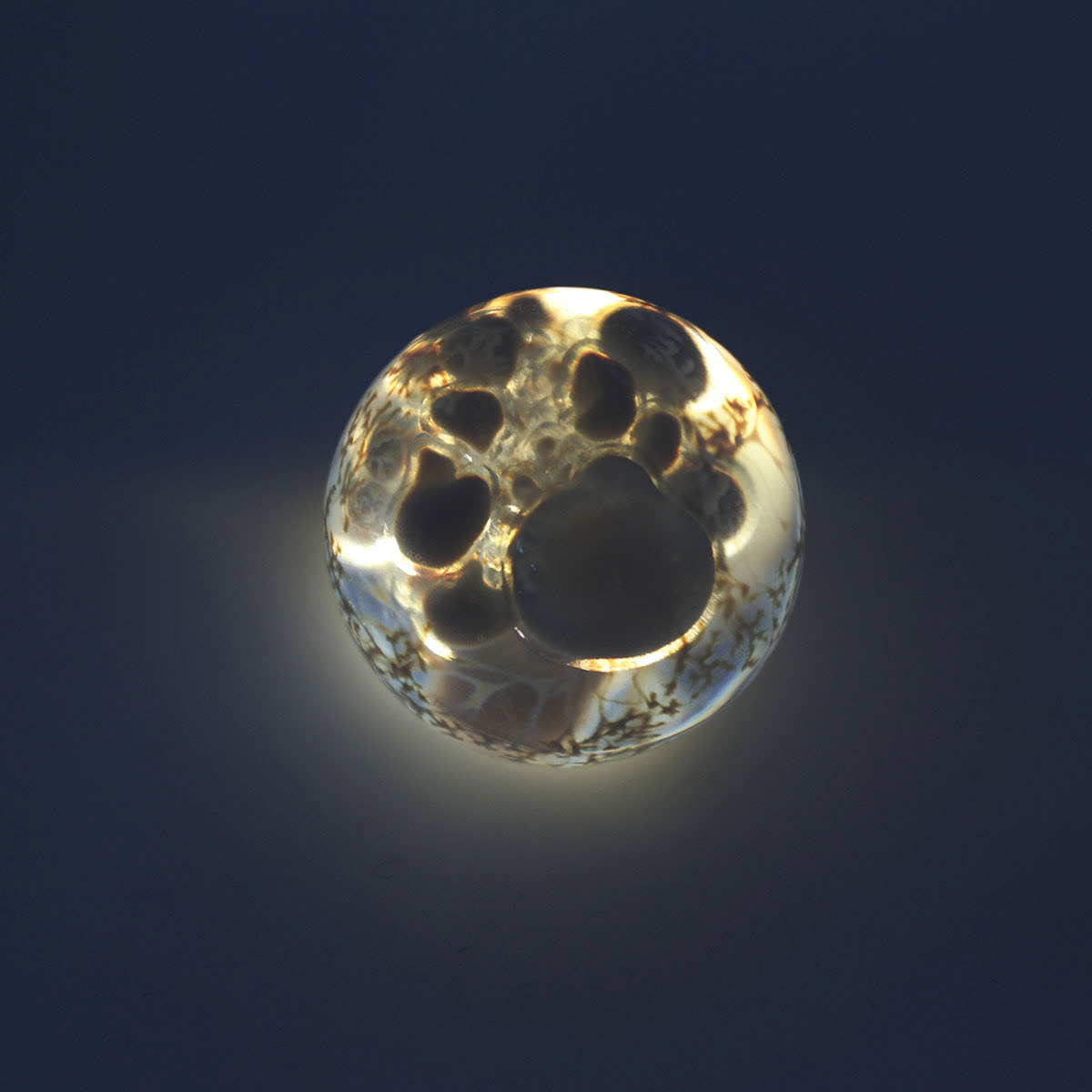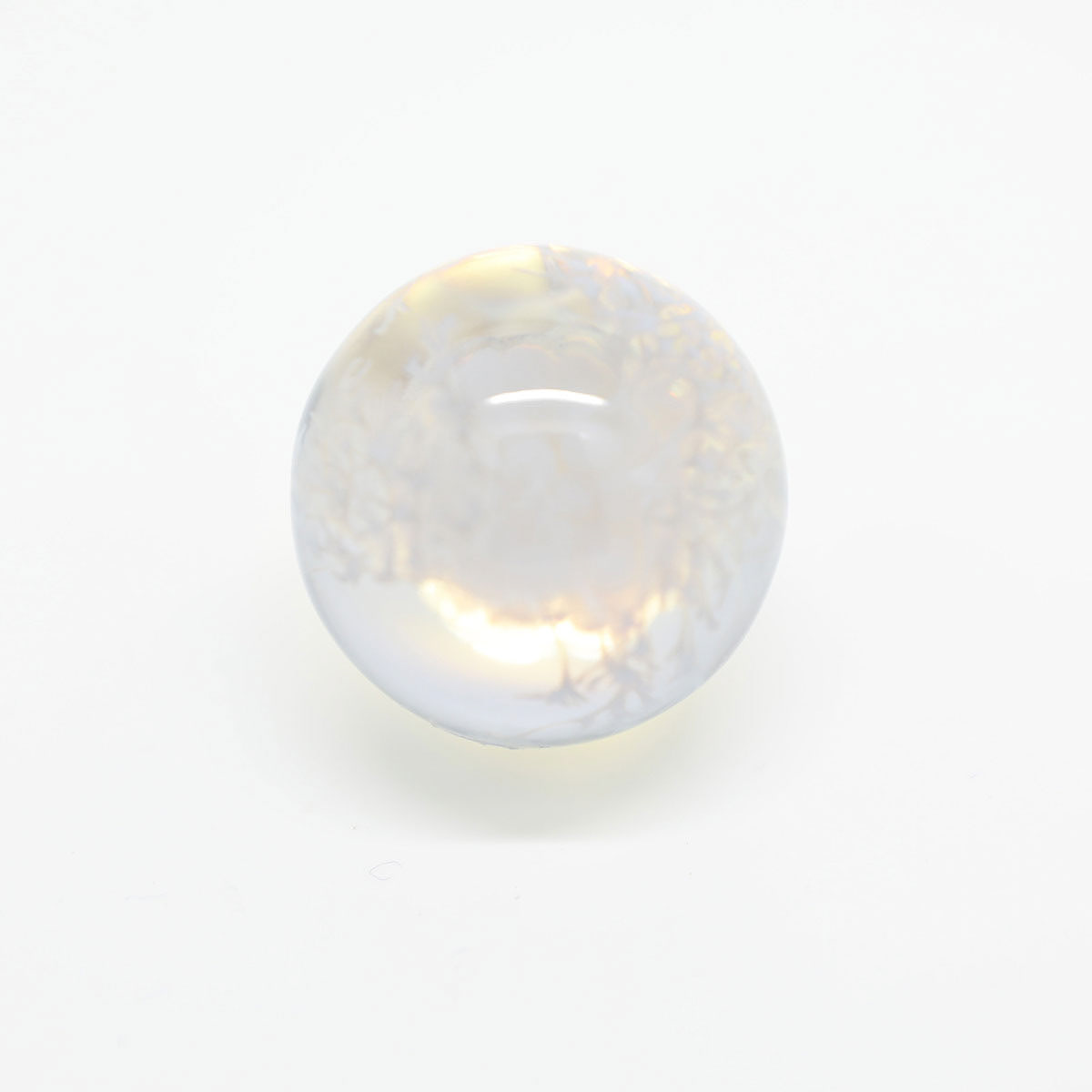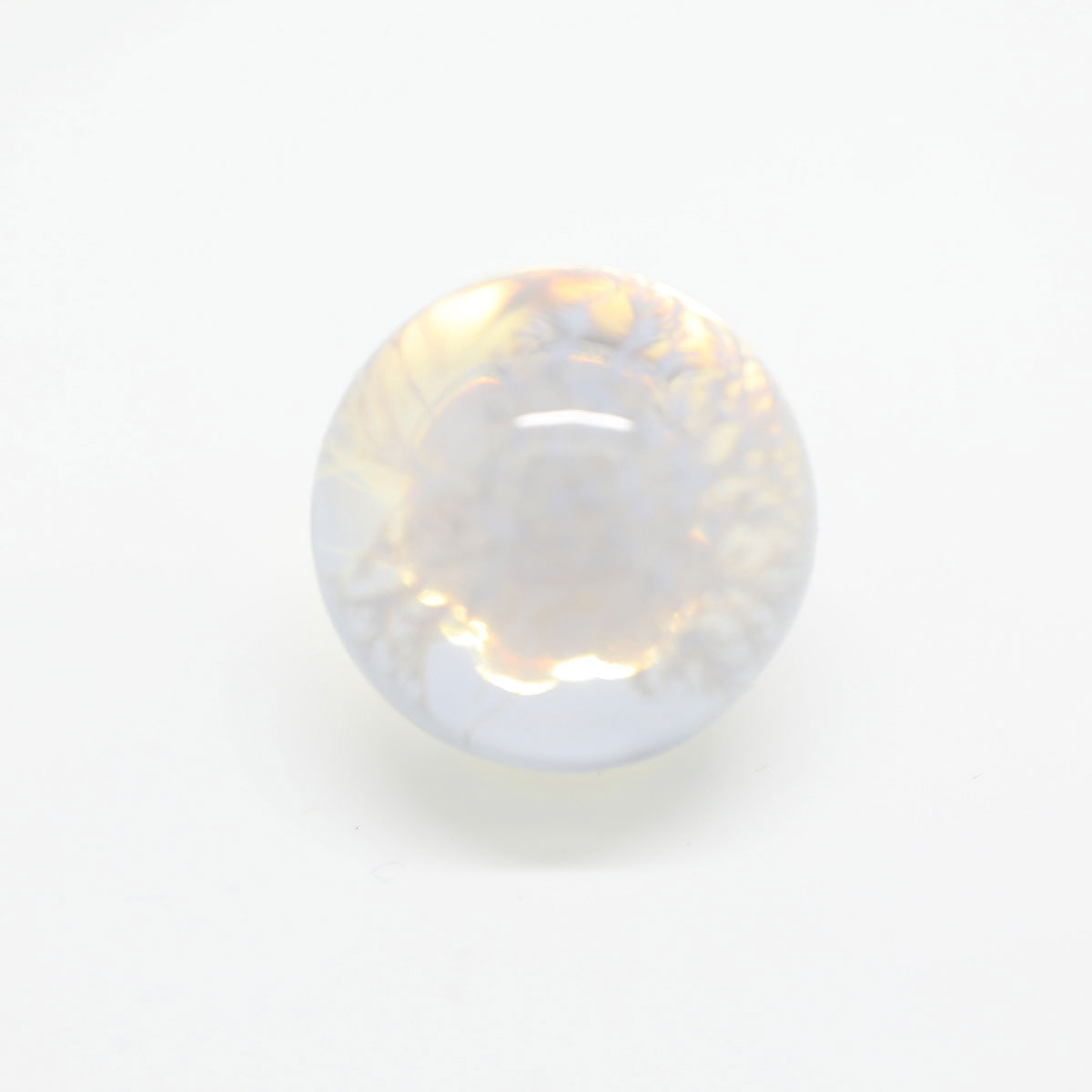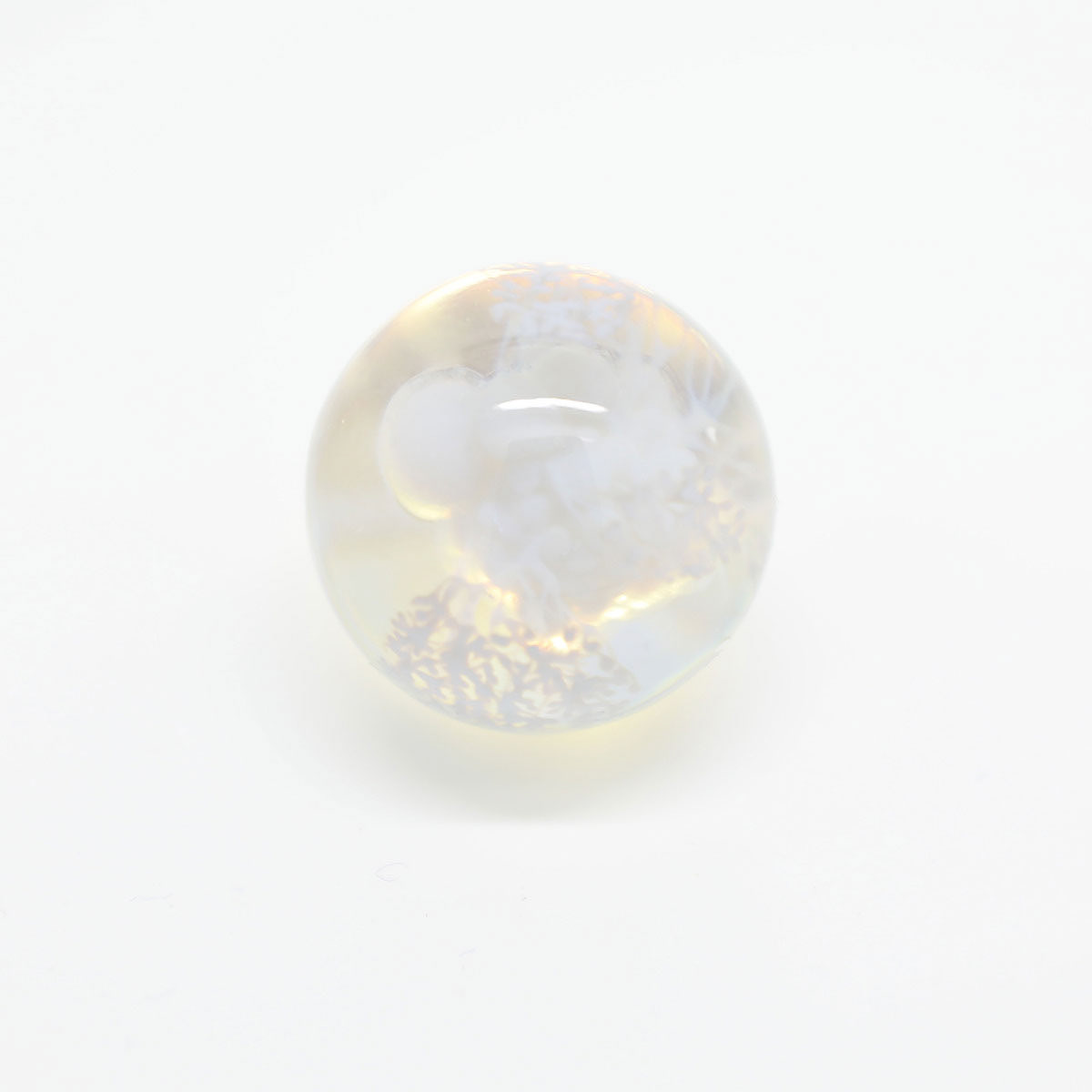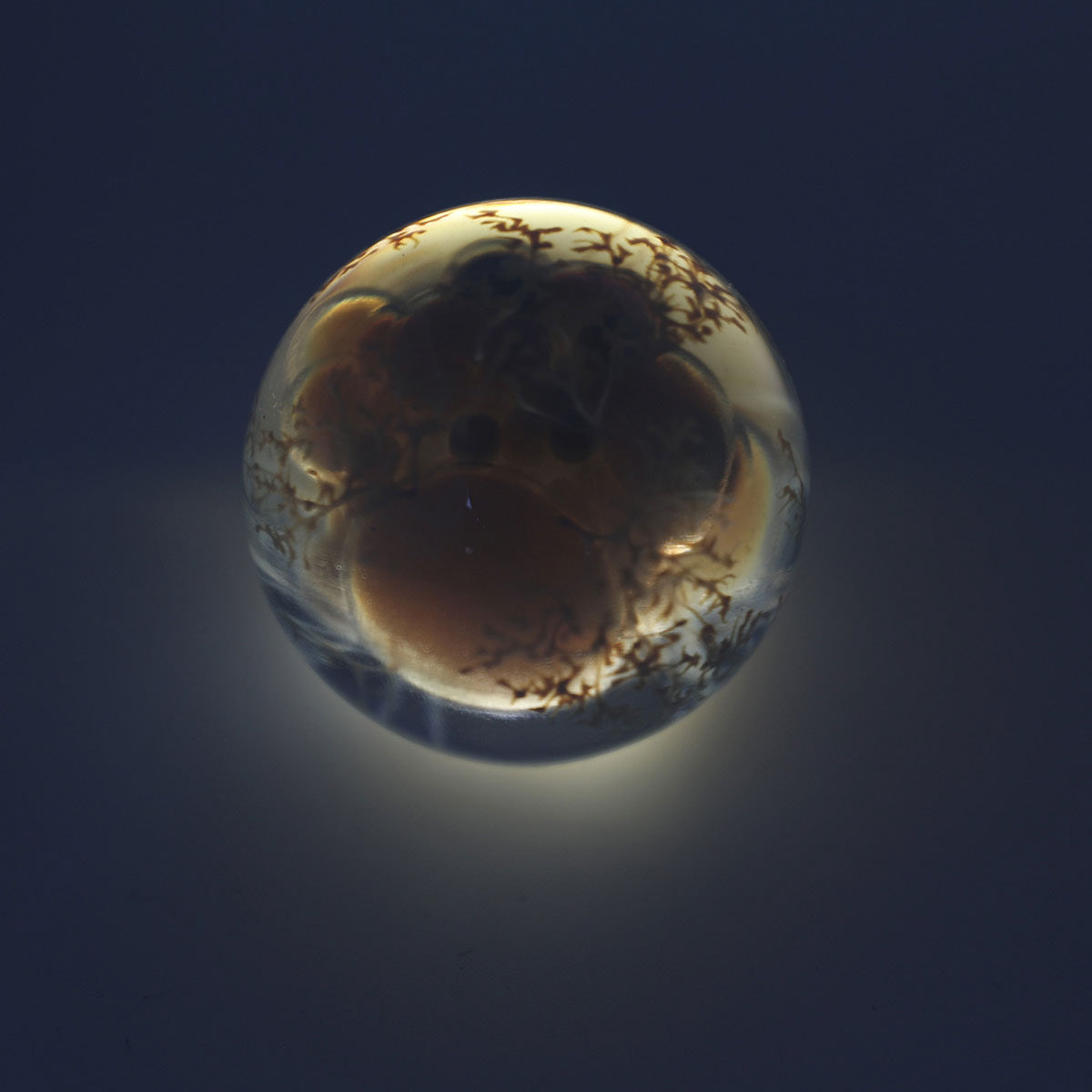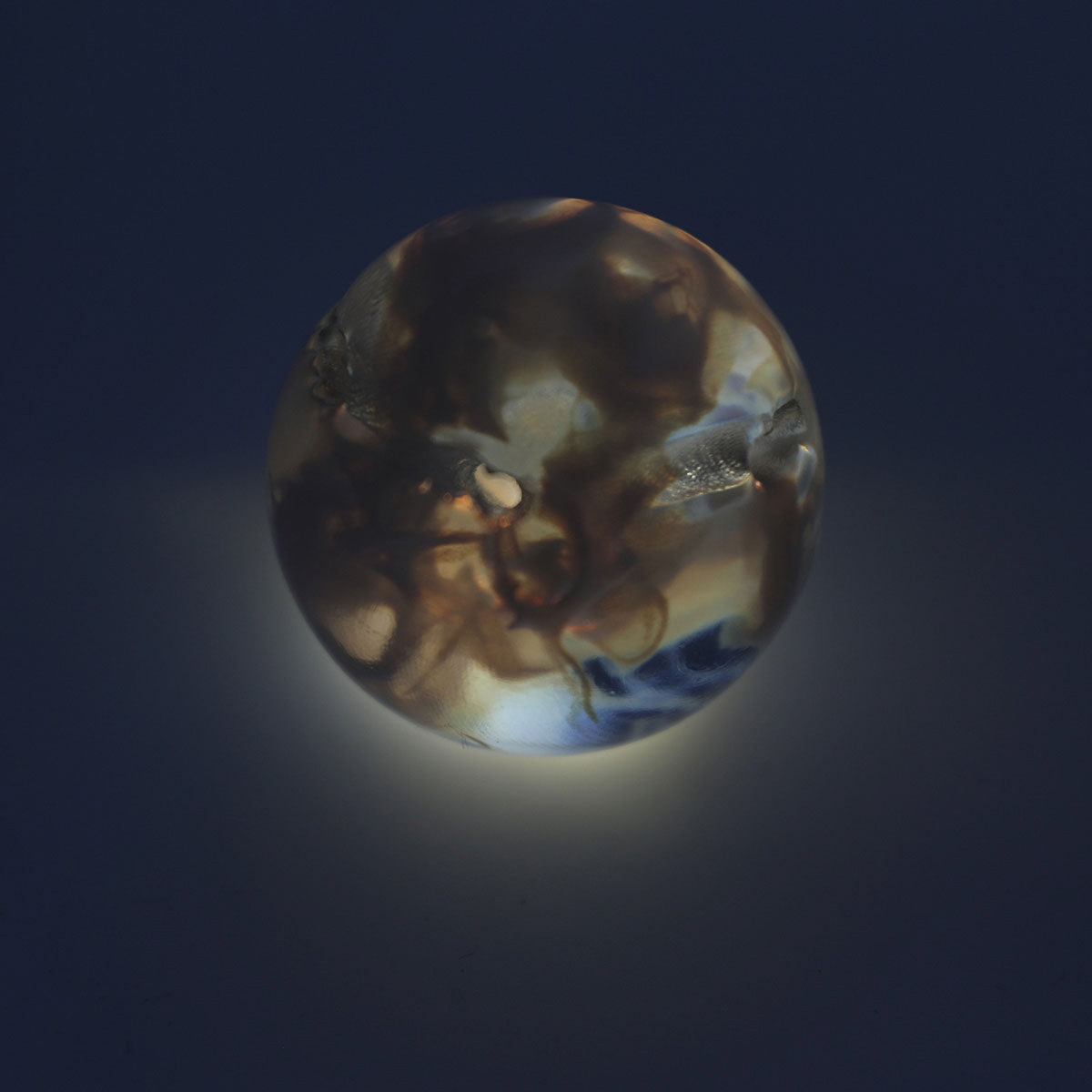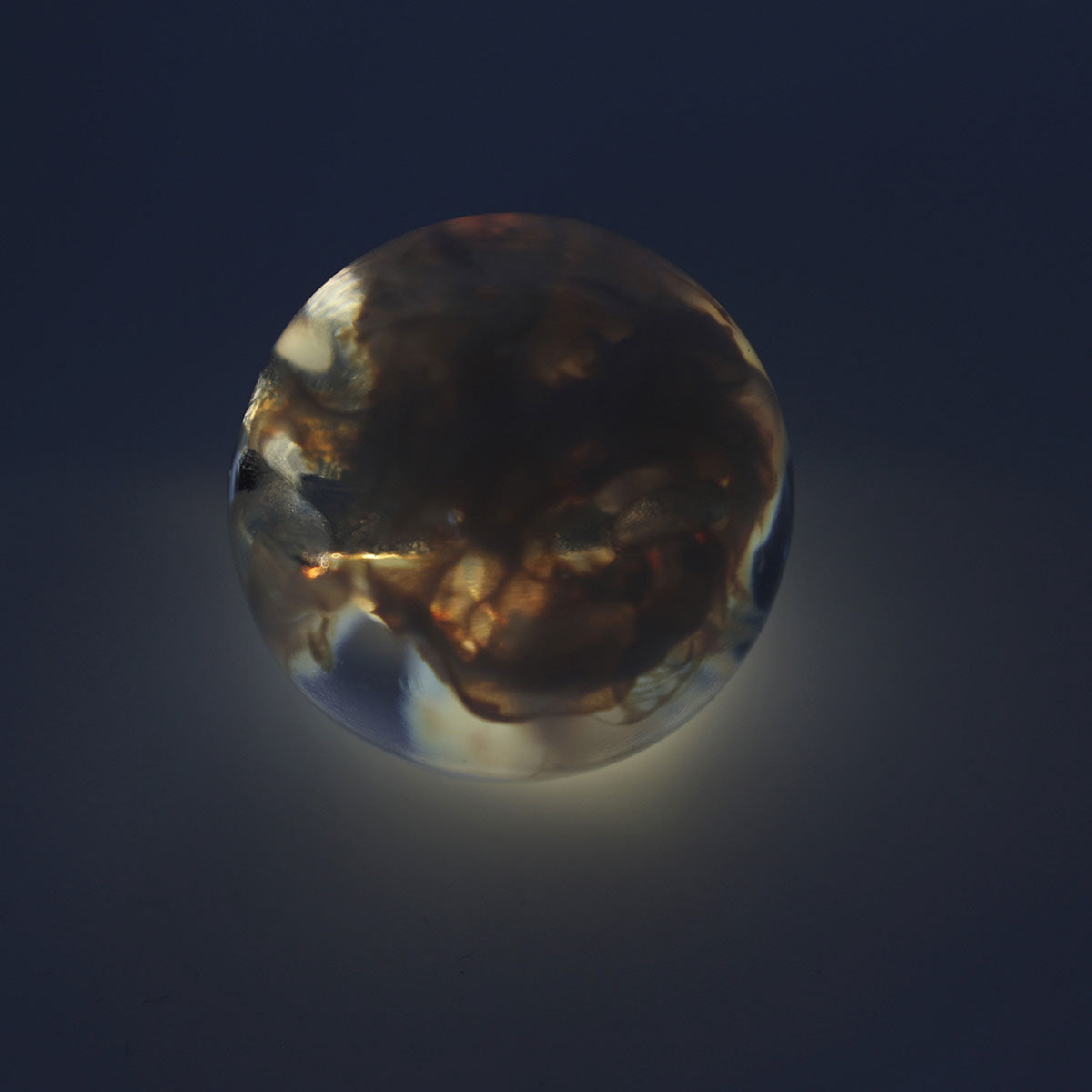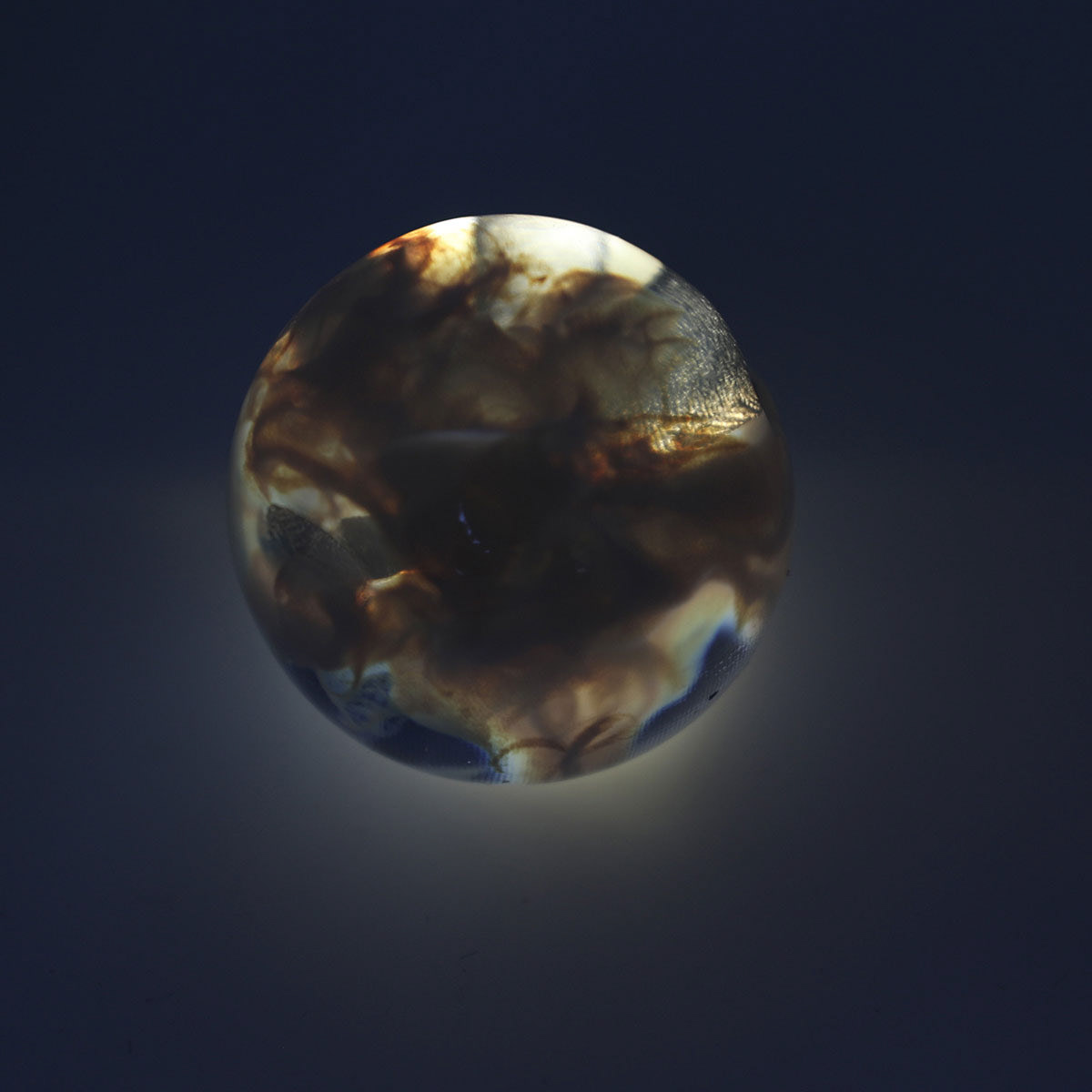Tokyo 2200
TKY 2200 / 2020 / Mori Art Museum
Anran Li, Joseph Kennedy, Christoph Bader, Neri Oxman
Collaborators: Kotaro Iwaoka, Daiki Kanaoka, Teruyo Iiyama, Tamotsu Ito, Chiyaki Hayashi
Organizations: Loftwork, Hidakuma, Suiho
A Vision for Tokyo 2200
Tokyo’s temperatures have increased five times as fast as global warming with almost fourteen million in population. As sea levels rise, the influx of water displaces buildings and urban infrastructure, and the artificial infill that allowed the City’s population to grow and expand into the bay is reclaimed by Nature. As Tokyo returns to its primordial state of Satoyama, where historic canals and rivers reemerge and the City embraces the forest once again, an all green water-filled Edo reemerges.
In the City where perpetuation is achieved not by preservation but through renewal; Edo—the fishing village turned Citadel—is in 2200 transformed into a new landscape form: the Meganature. Revisiting the Metabolism architectural movement (新陳代謝 shinchintaisha) that imparted qualities associated with biological growth to the built environment in the form of megastructures, we present the Meganature typology as its anthropocenic counterpart. Maganatures are megastructures designed to contain engineered weather systems.
Our model is crafted from a single Hinoki cypress sourced from the Tono Region; the same forests that have served the making of Japan’s oldest shrines. Amongst them is the Ise shrine, which has been rebuilt every 20 years for the last 1300 years from the same wood and carpentry techniques, as well as the Meiji shrine, which has been integral in Tokyo’s landscape and ecology by creating old-growth forests since its founding. The model situates itself in this cultural tradition, bringing back the forests and accompanying ecology into the future Edo now in the form of self-contained natural environments designed to augment biodiversity and enable the perpetuation of life on Earth.


The patterning of the model’s end grain is oriented to reflect the spiraling of rivers and water bodies outwards from Chiyoda nurturing Tokyo and protecting it against flooding. The array of partial tree rings reinforces a hyper-rational grid layout as well as a natural radial pattern without altering the landscape.
On top of the wooden model, an array of meganatures is imagined as a monolithic series of enclosures, complete with their own micro environments emulating atmospheric conditions. Surrounding these arcologies is a network of drone routes designed to connect and communicate between and across communities. The contrast between the highly engineered materials and the natural wood is intended to express a sustainable, mutually beneficial relationship between nature and infrastructure with the model acting at once as a time capsule and a tree-seed bank of sorts.
All 3D printed objects were created through a generative system that produces 3D printable objects with intricate internal material compositions. All Objects were printed on a Stratasys J750 with voxel-printing. All objects were photographed on a white and black background.

